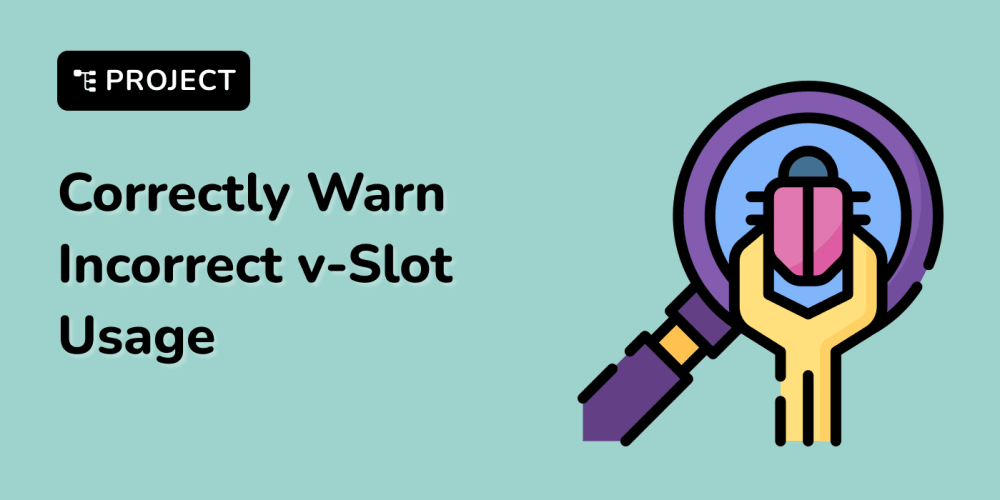Have you ever encountered a piece of code written by yourself or a teammate that left you baffled and frustrated? Disorganized code can turn even the most straightforward task into a nightmare. Creating a codebase that others can easily navigate, understand, and build upon is always essential. This reduces technical debt and ensures your software can grow and adapt over time.
In this piece, I will share some best practices for keeping your code clean. Let’s get started!
1. Follow Naming Conventions
Using consistent naming conventions makes your code more readable. For Java, follow these guidelines:
- Use CamelCase for variables, methods, and classes.
- Capitalize the first letter of class names.
- Use uppercase letters with underscores for constants.
2. Write Meaningful Names
Variables should have descriptive names that reflect their purpose. Avoid single-letter names and ensure others can understand your code. Descriptive names make it easier to understand the code's intent.
3. Declare Variables Appropriately
Declare all class variables at the top and local variables within their respective methods. This makes locating and managing them easier and provides a clear structure to your code.
4. Adhere to the Single Responsibility Principle
Each method should perform a single action. If a method does multiple tasks, split it into separate methods. This makes your code easier to understand, test, and reuse.
5. Keep Methods Short
While there’s no strict rule on method length, aim for methods between 5 to 10 lines. Ensure each method is clear and concise. Short methods are easier to read, understand, and maintain.
6. Minimize Code
Avoid unnecessary lines of code. Simplify where possible. This makes your code more efficient and easier to understand. Write only as much code as necessary to achieve your objectives.
7. Avoid Code Duplication
Reuse code whenever possible. If two methods are similar, refactor the common functionality into a new method. This reduces the chances of errors and makes maintenance easier.
8. Use Code Checkers
Automate code quality checks with tools like SonarQube. These tools can identify issues you might miss manually, helping to maintain high code quality.
Conclusion
Clean code is the foundation of successful projects. By following these tips, you’ll write code that’s easier to read, maintain, and scale. Interested in learning more? Check out this article with examples: 10 Tips To Keep Your Code Clean.


















